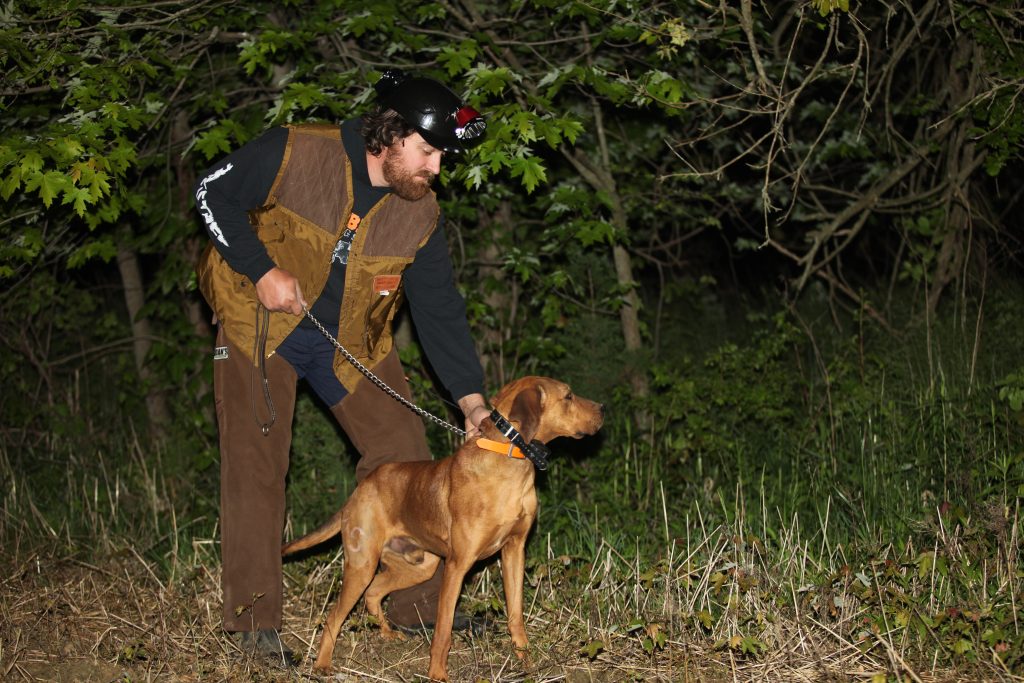I recently upgraded my LED coon hunting light from an entry level unit that cost me about $150 to one that was in the $300 range. It was a painful jump in price, but one I felt necessary to obtain the features I was looking for in a professional quality light. There are multiple factors to consider when looking for a light; and a few I had certainly overlooked when I purchased my previous one. When researching for an upgrade, there were several things to consider. Overall quality, warranty, walking lights, colored auxiliary lights, and the brightness/intensity of the spotlight just to name a few.
First thing to look at when selecting a hunting light was the overall quality. The old adage is “you get what you pay for” and it certainly was true in the case of my previous light. The bump cap it was mounted on was thin and flimsy, and the adjustment strap in the back didn’t last long before breaking. While some people prefer a soft hat (basically a baseball cap with a mounting bracket for the light and battery), a good solid bump cap (hard hat style) is a requirement for me. It has saved my head multiple times as I come up from ducking under a branch. The battery housing and the connection where the battery wire attached to the light also proved to be not of the highest quality on my entry level light. These were things I started looking at much more intently and researched as I looked for an upgrade. Due to the problems I have experienced with my entry level equipment, and the fact that I had to pay for repairs out of my own pocket, a good warranty on my new light was a necessity.
Beyond looking for treed game, a coon hunting light’s job is to get you to and from the tree, so why is the walk light often overlooked? I wanted a light that had a good flood light that would illuminate every rock, branch and log around as I walked to a tree. My previous light had a small, separate light that was very dim, and I needed something adjustable that would have plenty of light on the darkest of nights.
When the leaves are still on the trees or your hound is treed on an evergreen, it can be almost impossible to see a coon. It can be a real challenge to get one to look when using the bright white light of the main spot beam. I had a pop on lens cover for my previous light and it worked well, that is until I lost it. I decided then that the next light would have a built in red or amber light as well. In my research I also found several other color combinations available.
One of the last but most important things is the main spotlight. This was one area that my previous light shined. I didn’t want to sacrifice by going with something that wouldn’t be as bright or would be too wide of a beam. I like a nice, concentrated spot for reaching high up into the canopy and finding that ol’ ringtail as he is trying his best to hide. There are even options like The Zoom Plus that offered an adjustable spot beam for fine tuning and adjusting on the fly. I was fortunate to be able to hunt with a handful of other models that had various walking lights, heads and features to see how they performed. I found most were very comparable despite the range in price, but certain lights were more appealing to my needs than others. Like I said at the beginning, you get what you pay for.
Everyone’s needs, wants, and budget are certainly different. If an entry level light gets you and your hound in the woods, then go for it! As time goes on you can always upgrade like I did. I hunted with my previous light for almost 5 years before I realized I had outgrown its capabilities. You may not need the best light to hunt right now, but one day you’ll certainly want and appreciate the added features of a quality professional Coon light.








